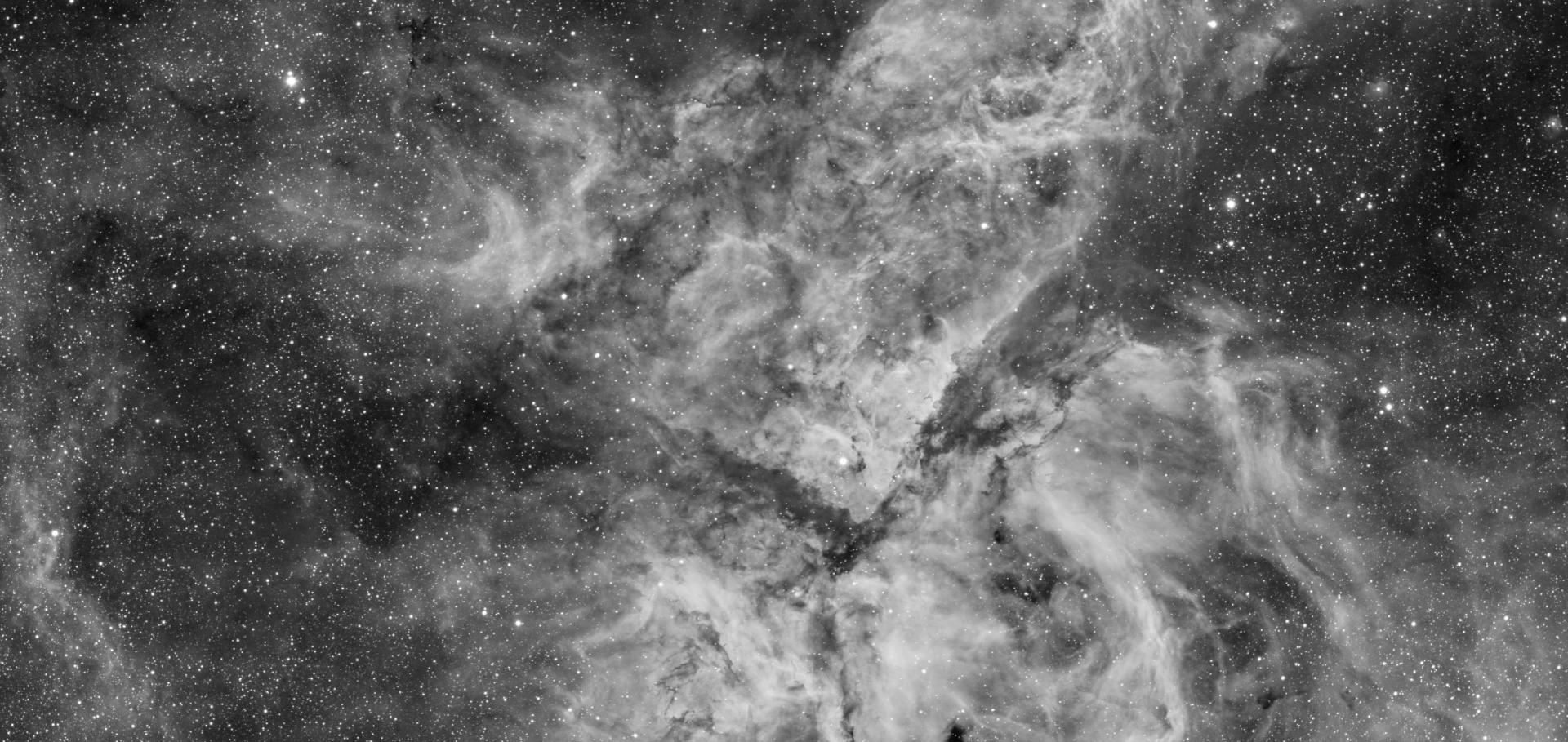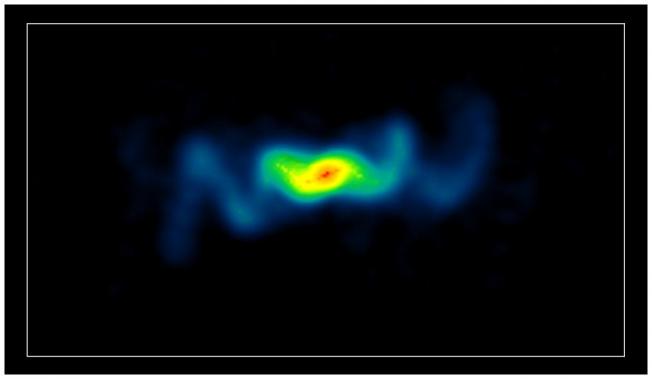Nonthermal emission in radio galaxies from simulated relativistic electron transport in 3D MHD flows
ASTR SOC P 250 (2002) 336-339
Abstract:
We perform a series of so-called "synthetic observations" on a set of 3D MHD jet simulations which explicitly include energy-dependent transport of relativistic electrons, as described in the companion paper by Jones, Tregillis & Ryu. Analyzing them in light of the complex source dynamics and energetic particle distributions described in that paper, we find that the standard model for radiative aging in radio galaxies does not always adequately reflect the detailed source structure.Numerical simulation of test particle diffusive shock acceleration in relativistic shocks with application to AGN 'central engines'
ASTR SOC P 250 (2002) 48-52
Abstract:
Numerical modelling is performed for extreme relativistic parallel shocks with upstream Lorentz factors Gamma = 50. Assuming that the scattering is either large-angle or over pitch angles > Gamma(-1), spectral flattening and shock acceleration speed-up is found. The energy gain per cycle is similar to Gamma(2). The likely output from relativistic shocks due to the infall from the accretion disc to the AGN black hole is computed. Neutrinos from proton-gamma interactions may be detectable with planned neutrino telescopes but the gamma-ray output may contribute only 1/100th of the observed flux of 3C 273.On the origin of the Fanaroff-Riley dichotomy
ASTR SOC P 250 (2002) 290-293
Abstract:
A small fraction of double radio sources show a peculiar and striking hybrid morphology; they have a distinctly FRI structure on one side of the nucleus, and a FRII structure on the other. We argue that the mere existence of these HYMORS is quite incompatible with the theoretical explanations for the Fanaxoff-Riley dichotomy that are based upon the nature of the jet plasma, or those invoking an intrinsic property of the central engine. Rather, these HYMORS strongly support models that explain the difference between FRI and FRII sources in terms of asymmetry of interaction of the jets with the external environments. We further show that a model for radio source dynamics we had earlier proposed can neatly reproduce the observed dependence of the radio power dividing the two FR classes on the optical luminosity of the host galaxy, as found by Owen & White and Ledlow Owen.Optical structure and physics of the M 87 jet
ASTR SOC P 250 (2002) 248-253
Abstract:
We summarize HST observations of the M 87 jet, concentrating on polarimetry and spectral index maps, and compare its optical and radio structures. The evidence now supports a stratified model for the structure of the jet, in which high-energy electrons emitting optical synchrotron radiation and their lower-energy, radio-emitting counterparts occupy separate regions of the jet, with different magnetic-field configurations. The higher-energy paxticles are closer to the jet axis, where the shocks that produce the knots in the inner jet appear to originate. Knot regions have optical spectra Which axe much flatter than the average for the jet, with the flattest-spectrum regions coinciding with flux maxima of the knots. These knots are preceded by regions where perpendicular apparent magnetic fields are seen. Thus not only do we see all the necessary ingredients for in situ particle acceleration in the knots, but there is now fairly direct evidence for it as well. By tracking the changes in radio-optical and optical spectral indices in the knot regions, we can estimate the relative acceleration. and cooling time-scales in the knots.Parsec-scale radio morphology in Seyfert galaxies
ASTR SOC P 250 (2002) 191-194



